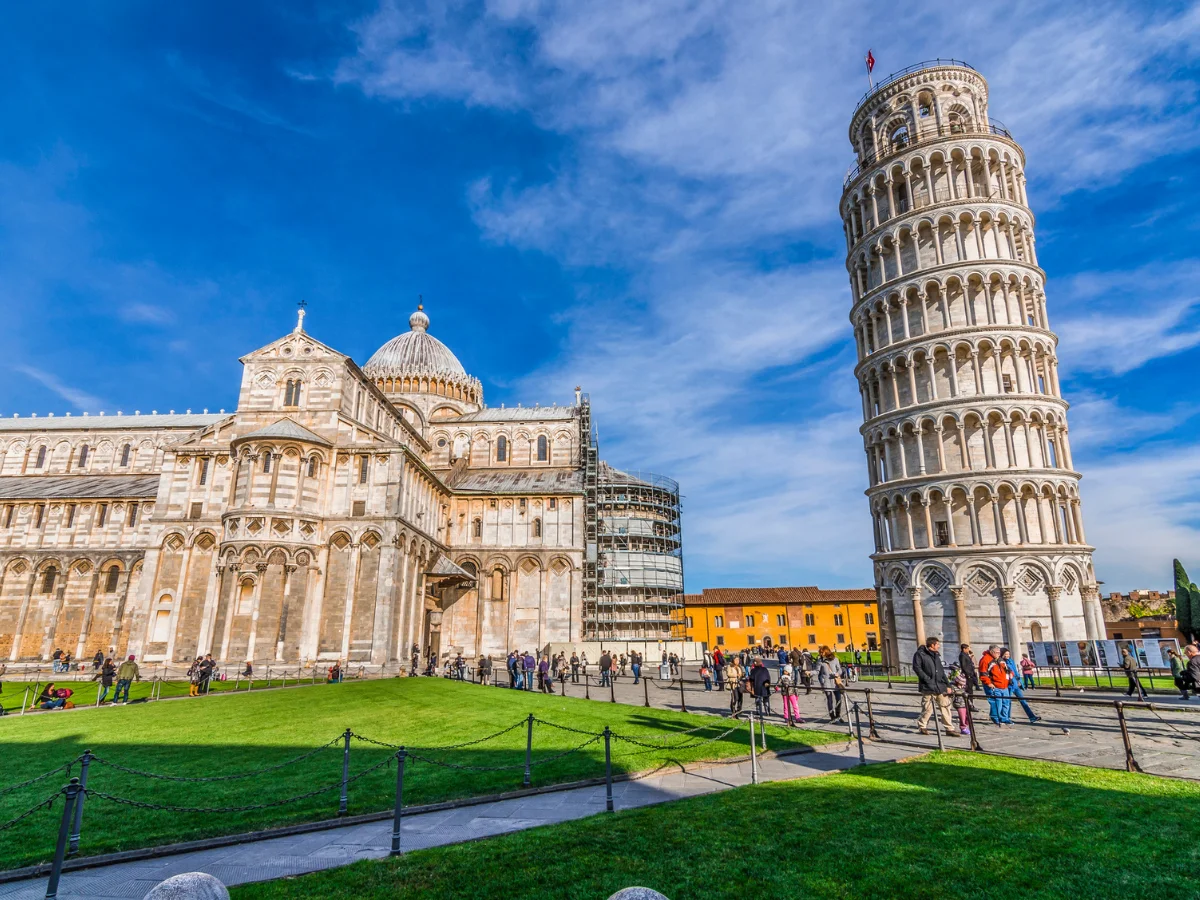Rome's infantry is renowned for discipline and tactical prowess
Rome’s infantry is renowned for discipline and tactical prowess and formed the empire’s formidable backbone. Rome’s infantry epitomized formidable prowess and tactical mastery. Through rigorous training, soldiers cultivated discipline and unity. Versatile tactics enabled swift adjustments to varied battlefield conditions. Disciplined formations like the testudo shielded against missile assaults. Despite heavy gear, troops maintained remarkable mobility, swiftly exploiting enemy weaknesses. Integrated arms facilitated coordinated assaults, maximizing unit strengths.

Rome's infantry: Renowned for discipline and tactical prowess
Rome’s infantry stood as a formidable force, renowned for their unwavering discipline and tactical acumen on the battlefield.
Training and Discipline
From the moment they enlisted, Roman infantrymen underwent rigorous training, instilling discipline and cohesion within their ranks. Through drills and exercises, soldiers honed their combat skills and learned to function as a cohesive unit.
Tactical Versatility
Roman infantry tactics were marked by their versatility and adaptability to diverse battlefield conditions. Whether employing the manipular formation of the early Republic or the cohort-based system of the Imperial era, Roman legions could swiftly adjust their strategies to counter enemy movements.
Formation Warfare
Central to Roman infantry tactics was the use of disciplined formations, such as the famous testudo or turtle formation, which provided protection against missile attacks. Additionally, formations like the triple line (triplex acies) allowed for flexible deployments and reinforced battle lines.
Mobility and Maneuverability
Despite their heavy armor and equipment, Roman infantry maintained remarkable mobility on the battlefield. Through disciplined marching and rapid maneuvers, they could swiftly reposition to exploit enemy weaknesses or respond to threats.
Integration of Arms
Rome’s infantry seamlessly integrated various arms and units into their tactics, including infantry, cavalry, and specialized troops like archers and engineers. This coordination allowed for combined arms assaults that maximized the strengths of each unit.
Leadership and Command
Effective leadership was paramount in Roman infantry units, with officers and centurions leading by example and commanding respect through their bravery and tactical acumen. This hierarchical structure ensured clear communication and unity of purpose in battle.
Adaptation and Innovation
Over the centuries, Rome’s infantry continually adapted to new challenges and innovations in warfare. From the introduction of new weapons and tactics to the incorporation of auxiliary troops from conquered territories, Roman legions remained at the forefront of military innovation.
Legendary Campaigns
The prowess of Rome’s infantry was showcased in legendary campaigns and battles throughout history. From the conquest of Italy and the Punic Wars to the expansion of the Roman Empire across Europe, Africa, and Asia, Roman legions demonstrated their unmatched skill and resilience.
Legacy of Influence
The disciplined tactics and strategic brilliance of Rome’s infantry left a lasting legacy that reverberated throughout the annals of military history. Their methods influenced countless civilizations and military organizations, shaping the art of warfare for generations to come.
Conclusion
Rome’s infantry stood as the backbone of the empire, embodying discipline, courage, and tactical genius on the battlefield. Through rigorous training, strategic innovation, and unwavering determination, they secured victories that echoed across the ages, leaving an indelible mark on the world of warfare.



